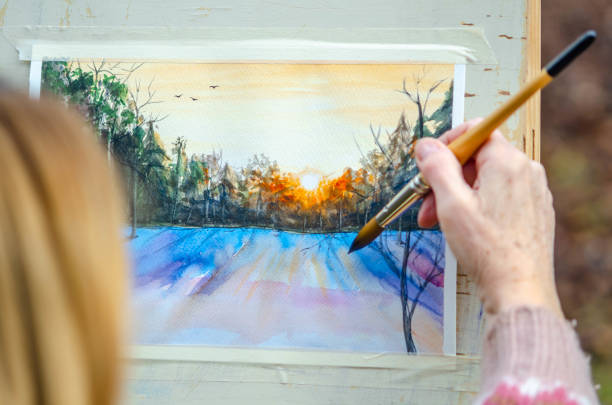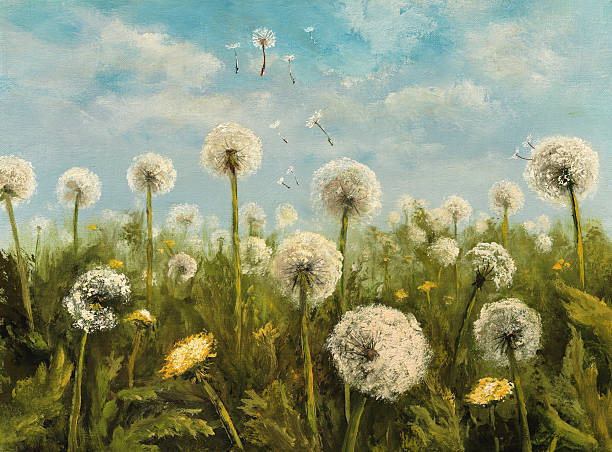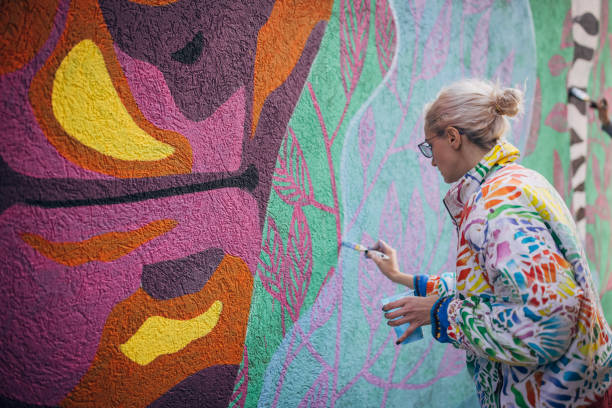The Rich Tradition of Oil Painting
Oil painting stands as one of the most revered and enduring mediums in the history of art, used by masters from Rembrandt to Van Gogh to create works of timeless beauty and profound expression. The rich, buttery texture of oil paint, its slow drying time that allows for blending and reworking, and its ability to create both luminous glazes and impasto textures make it uniquely versatile. Our oil painting courses introduce you to this magnificent medium, guiding you through its complexities and helping you develop the skills needed to create works of lasting significance.
The journey into oil painting begins with understanding the materials—the different types of brushes and their uses, the variety of surfaces available, and the vast array of pigments and mediums that can modify the paint's behavior. Unlike watercolor or acrylic, oil paint requires a different approach to color mixing, layering, and drying. You'll learn the traditional techniques that have been passed down through generations of artists, as well as contemporary approaches that push the boundaries of what's possible with this medium.



Mastering Composition: The Foundation of Great Art
Composition is the invisible architecture that holds a painting together, the careful arrangement of elements that guides the viewer's eye and creates visual harmony. In our oil painting courses, you'll learn the fundamental principles of composition—the rule of thirds, the golden ratio, leading lines, and the balance of positive and negative space. These aren't rigid rules to follow blindly, but tools to understand and use creatively to strengthen your artistic vision.
Through exercises and projects, you'll learn to analyze successful compositions and apply these principles to your own work. You'll discover how the placement of elements, the use of contrast, and the creation of focal points can transform a simple subject into a compelling work of art. Whether you're painting a still life, a landscape, or a portrait, understanding composition will give you the foundation needed to create paintings that are not just technically proficient, but visually engaging and emotionally resonant.
Color Theory: The Language of Emotion
Color is perhaps the most powerful tool in a painter's arsenal, capable of evoking emotion, creating mood, and establishing atmosphere. Our comprehensive instruction in color theory goes far beyond the basic color wheel, delving into the complex relationships between colors and how they interact when placed side by side or layered one over another.
You'll learn about color temperature—how warm and cool colors can create depth and interest, how they can push elements forward or pull them back in space. We'll explore color harmony, teaching you to create palettes that are both unified and dynamic. You'll discover how to use complementary colors to create vibrancy, how analogous colors create harmony, and how to use color to guide the viewer's attention through your composition.
Mixing colors in oil paint is both a science and an art. You'll learn to mix colors accurately, understanding how different pigments behave and how to achieve the exact hue, value, and intensity you need. Through extensive practice, you'll develop an intuitive understanding of color that allows you to mix confidently and create the palette that best serves your artistic vision.


Working with Textures: Adding Dimension and Interest
One of oil paint's greatest strengths is its ability to create rich, varied textures that add physical dimension to your paintings. From smooth, glass-like surfaces created with glazes to thick, sculptural impasto that stands proud of the canvas, texture can be a powerful expressive tool. Our courses teach you to use texture intentionally, understanding when smooth surfaces serve your vision and when bold, textural brushwork adds energy and interest.
You'll learn various techniques for creating texture—using different brush types and sizes, applying paint with palette knives, and using mediums to modify the paint's consistency. We'll explore how texture can suggest different materials—the smoothness of skin, the roughness of tree bark, the softness of fabric. Through projects focusing on different subjects, you'll develop the skills needed to use texture as an integral part of your artistic expression.
Creating Volume and Form
One of the primary goals of representational painting is to create the illusion of three-dimensional form on a two-dimensional surface. This requires understanding how light interacts with form, creating highlights, mid-tones, and shadows that define volume. Our courses provide comprehensive instruction in rendering form, teaching you to see and paint the subtle transitions of value that create the illusion of depth.
You'll learn the fundamentals of chiaroscuro—the use of light and shadow to create form. Through exercises focusing on simple geometric shapes, you'll develop your ability to see and render value accurately. As your skills progress, you'll apply these principles to more complex forms—the human figure, still life objects, and natural forms. You'll learn to use color temperature as well as value to create form, understanding how warm light creates cool shadows and vice versa.
Traditional and Contemporary Techniques
Our oil painting curriculum covers both traditional techniques that have stood the test of time and contemporary approaches that reflect current artistic practice. You'll learn the alla prima technique, where paintings are completed in a single session with wet-on-wet paint application, as well as the more methodical approach of building up layers over multiple sessions.
We'll explore glazing techniques, where thin, transparent layers of paint are applied over dried layers to create depth and luminosity. You'll learn about underpainting, using monochromatic or limited color palettes to establish value and composition before adding color. Throughout your studies, you'll be encouraged to experiment and find the techniques that best serve your artistic goals, developing a personal approach that reflects your unique vision.
By the end of our oil painting program, you'll have developed a comprehensive understanding of this rich and complex medium. You'll have the technical skills to execute your artistic vision and the knowledge to continue growing as an artist. Most importantly, you'll have experienced the deep satisfaction that comes from working with oil paint, a medium that rewards patience, skill, and artistic vision with works of lasting beauty and significance.
Start Your Oil Painting Journey
Ready to explore the rich world of oil painting? Contact us to learn more about our courses and enrollment options.
12003 48 St NW
Edmonton, AB T5W 2Y9
Canada
+1 (587) 566-1627